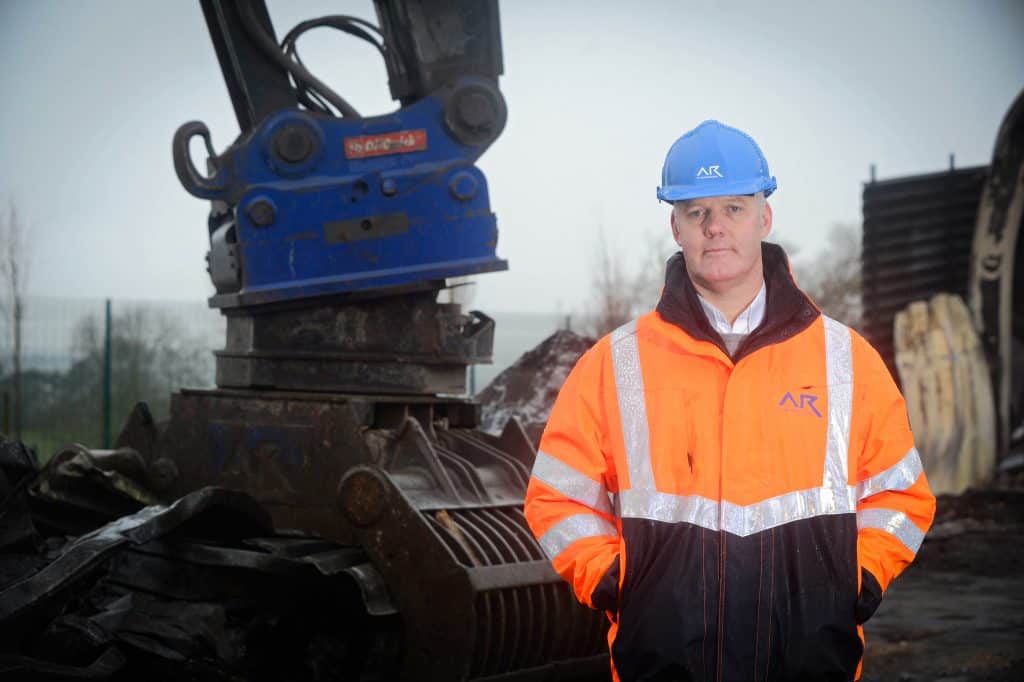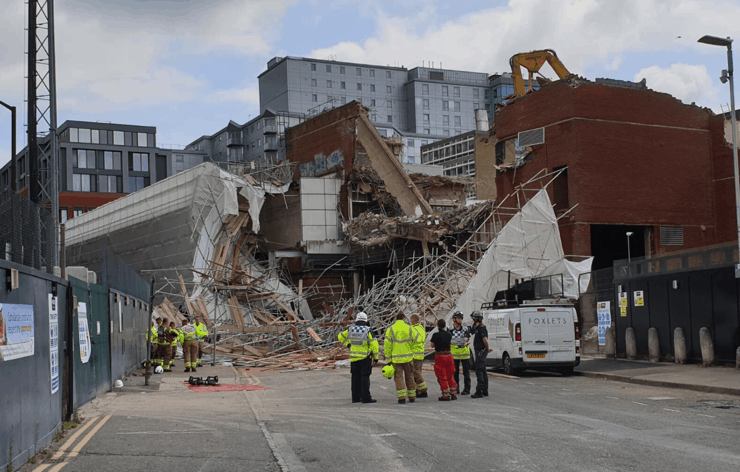The Vice-President of the Insitute of Demolition Engineers has said his industry should think twice before using scaffolding to cover buildings under demolition.
VP, Richard Dolman, who is also the managing director of AR Demolition, said it was time for the demolition industry to consider new ways of dust suppression and protection from flying debris during the demolition of buildings.
His stark comments were captured in a ConstructionIndex article following a flurry of recent demolition incidents that involved the collapse of scaffolding in Reading, Liverpool and Nuneaton.
Speaking to Theconstructionindex Dolman said: “For many years, I’ve never understood why people think is a good idea to fasten scaffolding to a building, then demolish the structure behind the scaffold using a machine.
“Scaffolding is useful if it’s used to take a building apart in reverse of how it was constructed, but I’ve never thought that it goes well with big machinery. It’s not even great for stopping dust because the minute you dismantle it, the dust goes everywhere. If there’s a structural collapse, you’re in real trouble as the recent incidents show.”

However, his company AR Demolition has invented an alternative solution in the form of a modular debris protection frame and blast mats.
“Our modular frame system took six months to design and can be transported in sections and bolted together in a day. The mats hang off a crane or a demolition rig – they’re six metres wide, 15 metres high and act as shield to stop debris and dust,” he said.
“Only a few companies use it and as far as I know we’re the only one which uses an incorporated jet system to spray water back on to the work face.”
He concluded in saying: “Let me emphasise that I’m not saying there is no place for scaffolding in demolition. There are occasions – mainly during floor-by-floor, very controlled, small-scale demolition – when it is the most appropriate method of dust suppression and protection against debris. I just think that there are better methods which should be more commonplace.”



